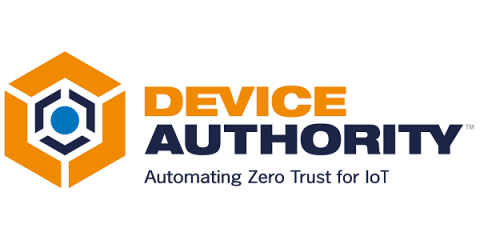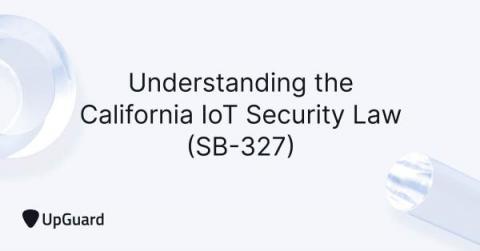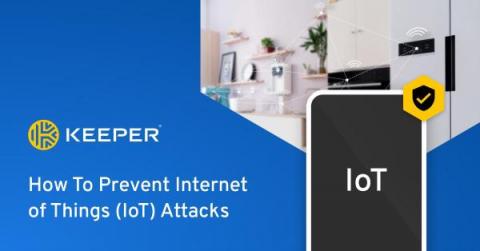Biden's IoT Cybersecurity initiative
The Biden Administration has recently announced the implementation of a cybersecurity labeling program for smart devices. Overseen by the Federal Communication Commission (FCC), this new program seeks to address the security of Internet of Things (IoT) devices nationwide. This announcement is in response to an increasing number of smart devices that fall victim to hackers and malware (AP News).







